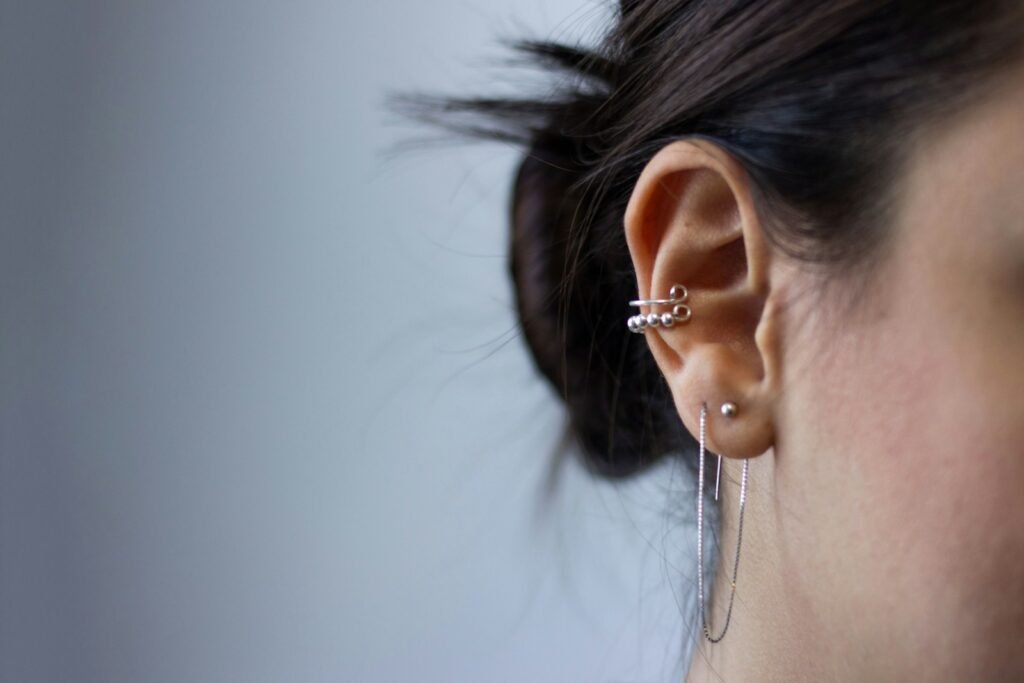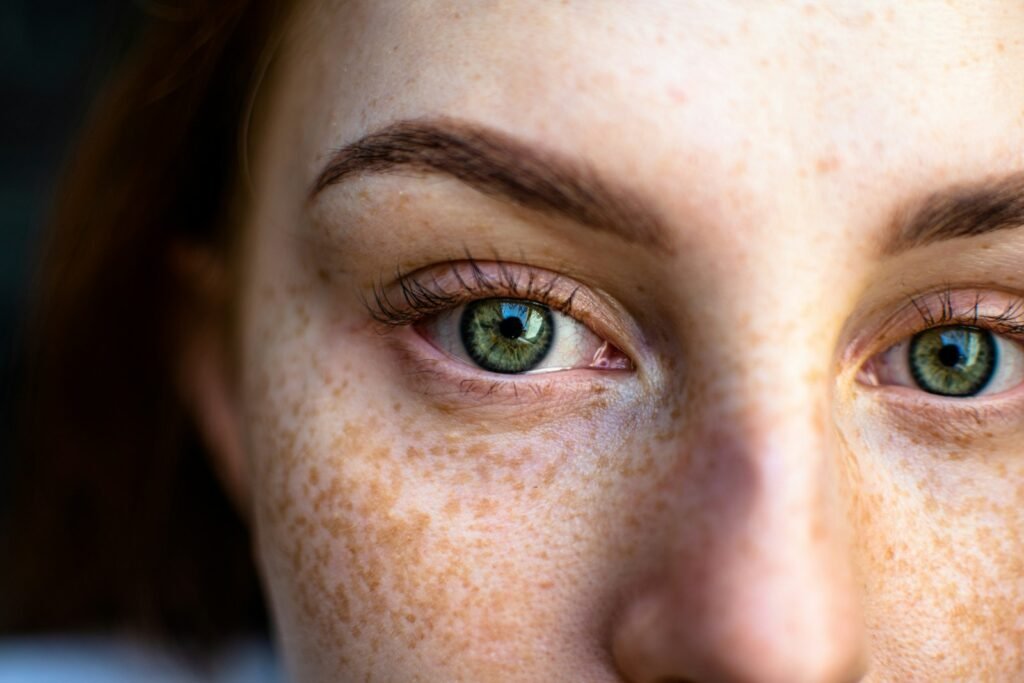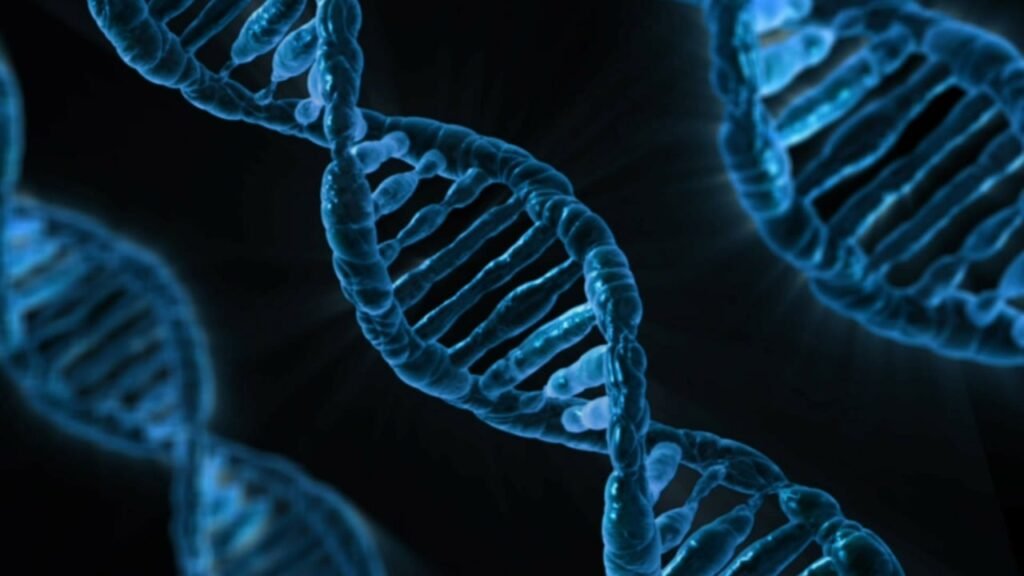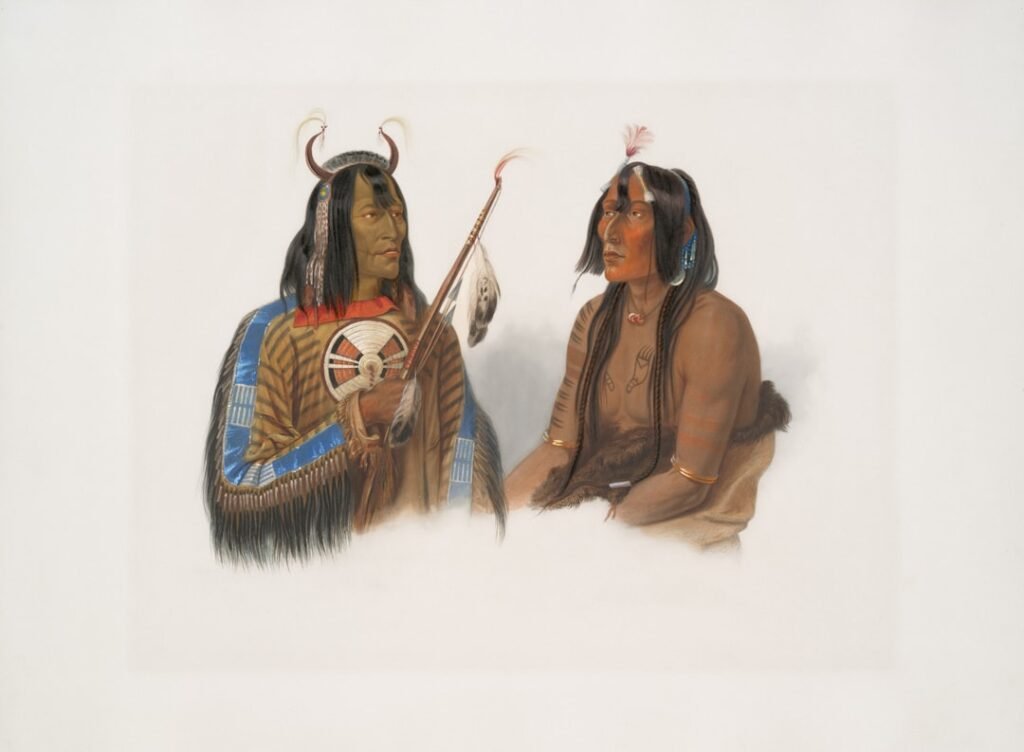Our journey into the world of genetics is much like peering into a looking glass that reflects not only who we are but also the vast tapestry of human diversity. At the heart of this diversity is our DNA, the molecular code that not only shapes our physical appearance but also influences our behavior, abilities, and even how we perceive the world. The science of genetics offers a window into understanding what makes each of us unique, highlighting the incredible variability within the human species. In exploring these 11 genetic traits, we uncover the fascinating ways in which our DNA molds us into the singular individuals we are today.
Hair Color

One of the most visible manifestations of our genetic makeup is hair color. This characteristic is primarily determined by the type and amount of melanin produced in hair follicles, with the genes MC1R, OCA2, and others playing key roles. Variations in these genes result in the spectrum of hair colors we see across populations—from the darkest shades of black to vibrant red and all the way to the lightest blondes. Each of these hues is a product of our ancestral genetics, illustrating a beautiful mix shaped by evolutionary pressures and migrations.
Eye Color

Eye color is another striking trait influenced by our DNA. The genetic story of eye color is complex, involving several genes that manage the production and distribution of melanin in the iris. While genes like OCA2 and HERC2 are significant contributors, recent research has uncovered more genes that influence eye color variance, which explains the myriad shades between deep brown and icy blue, each with its own genetic story.
Height

Genetics also plays a crucial role in determining our height, though it’s a trait influenced by both genes and environment. Multiple genes, such as FGFR3 and FBN1, have been identified for their contributions to stature. While individual genes have modest impacts, their cumulative effect alongside nutritional and environmental factors ultimately determines height.
Body Mass Index (BMI)

Just as with height, our genetic blueprint also contributes to body mass index (BMI). Research has identified numerous genes related to metabolism, appetite control, and fat storage. This complex trait is the focus of ongoing studies aiming to disentangle the environmental impacts from genetic predispositions, offering insights into obesity and metabolic health.
Ability to Taste Certain Flavors

The enjoyment of certain foods over others can be somewhat attributed to genetics, particularly the ability to taste specific flavors. Notably, the TAS2R38 gene affects our perception of bitter compounds, determining who can detect bitter compounds like those in broccoli, Brussels sprouts, or bitter melon. This genetic trait illustrates the intersection of survival and diet across different human populations.
Alcohol Tolerance

Our genetic code also influences how we metabolize alcohol. Specific variations in the ADH1B and ALDH2 genes can determine an individual’s ability to process alcohol effectively. Some people experience flushing or other symptoms due to slower metabolism of alcohol’s byproducts, illustrating yet another aspect where our genes directly affect personal experiences and cultural habits.
Earwax Type

Though seemingly trivial, the consistency of earwax is genetically determined. The gene ABCC11 dictates whether one has wet or dry earwax. This characteristic correlates with ethnic backgrounds and has even been used in anthropological research to track population migrations. The study of earwax typifies how minor genetic variations can contribute to our understanding of human history and biology.
Freckles

Freckles are small, concentrated areas of melanin on the skin, and their presence is influenced by genetic factors. The MC1R gene is primarily responsible for the development of freckles, which often appear in individuals with lighter skin types who have spent time in the sun. Freckles offer insight into how genetics and environment interact to produce distinctive phenotypic traits.
Thumb Dominance

Another curious trait is whether someone possesses straight or curved thumbs, often traced to a dominant genetic factor. This condition, called distal hyperextensibility, suggests a single or limited number of genes may be responsible, making it a classic example explored in introductory genetic studies.
Dimples

Dimples, those small indentations on cheeks often seen when smiling, have a genetic component as well. They’re considered a dominant genetic trait, meaning only one gene from either parent is necessary for them to appear. However, the precise genetic mechanisms aren’t completely understood, making dimples a charming focus for genetic curiosity and study.
Photoperiodic Sensitivity

The influence of light on our biological rhythms, also known as photoperiodic sensitivity, varies significantly from person to person, some of whom have a genetic predisposition that affects how their body clock aligns with the day-night cycle. Genes such as PER3 contribute to these differences, impacting everything from sleep patterns to mood and overall well-being.
Conclusion

In exploring these 11 traits, we uncover the intricate dance between our genetic heritage and individual uniqueness. Our genetic composition is a mosaic that continually shapes who we are, providing insights into our past and guiding our future. The study of human genetics not only informs our understanding of ourselves but also celebrates the rich diversity of mankind. Whether it’s the color of our eyes or our resilience against infections, our DNA is both a mirror and a map of the evolutionary paths we’ve traveled. This genetic exploration highlights the marvels of human biology, encouraging a deeper appreciation for the science that underpins our existence.




